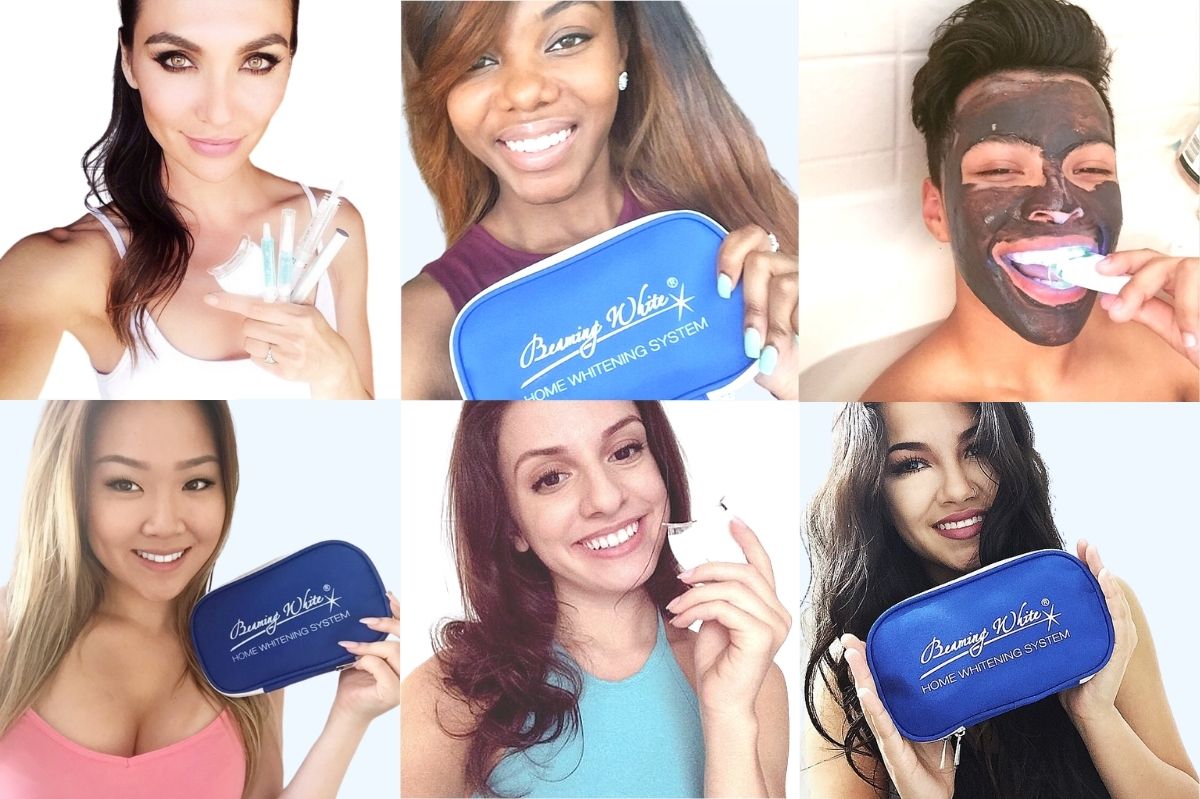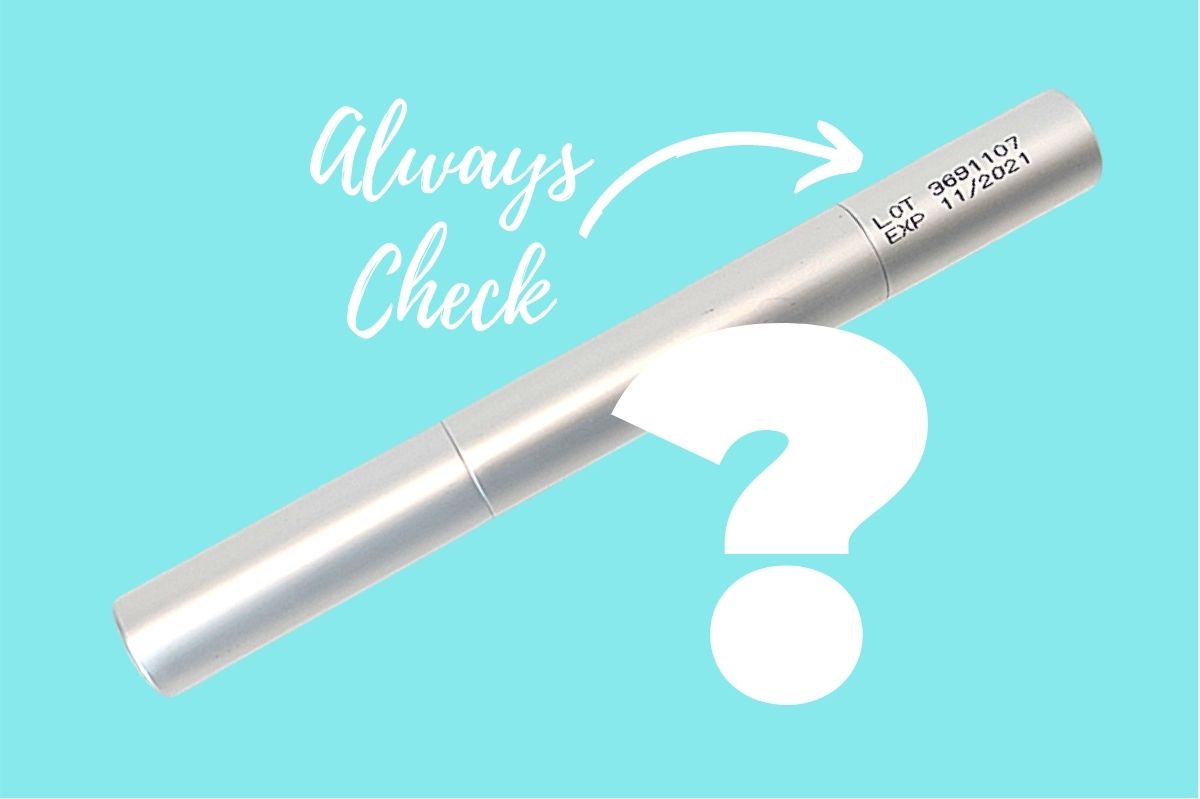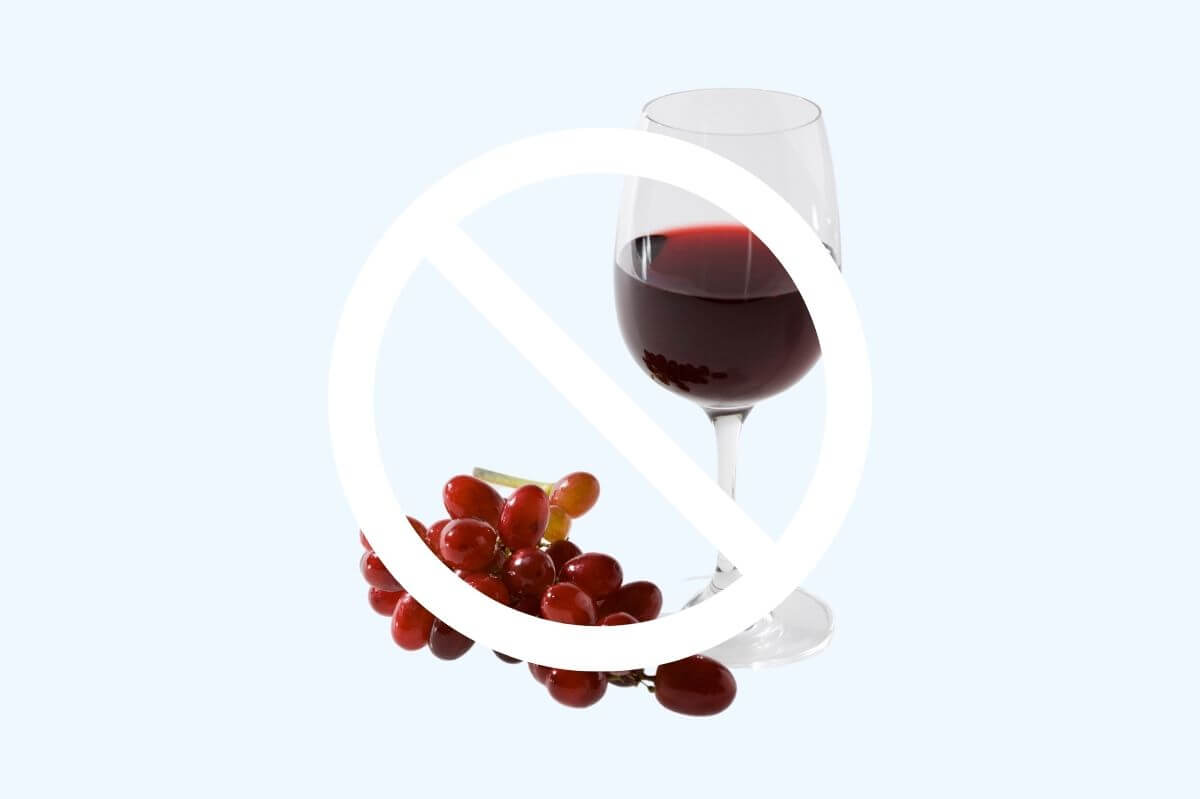What are the Side Effects of Teeth Whitening?

The main side-effect of teeth whitening is winding up with a fabulous, beautiful, white smile. Now, in all seriousness, the following are the typical side effects of an at-home or professional teeth whitening treatment. Please be aware of these before attempting any teeth whitening treatment.
Tooth Sensitivity
Depending on the type, duration and strength of the teeth whitening treatment, some people can experience some tooth sensitivity, colloquially known as “zingers”, during the first 24 – 48 hours after the whitening treatment. The stronger the gel, the higher the chance of getting zingers. Beaming White gel balances whitening power with sensitivity in order to provide amazing results with little-to-no tooth sensitivity.
These conditions may increase or prolong tooth sensitivity from bleaching treatments: already sensitive teeth, recently cracked tooth, micro-cracks, compromised enamel, some other dental conditions.
If you experience tooth sensitivity after the treatment, you can brush apply our Minerals™ Enamel Booster gel (which is a densensitizing and remineralizing gel) or brush your teeth with Sensodyne™ toothpaste to ease the discomfort. Follow this routine until tooth sensitivity goes away. With Minerals™, only a few applications would be necessary, while with Sensodyne you will probably have to brush with it for several days.
Blanching and Minor Gum Irritation
Blanching is when the gums turn white and possibly even sting a little after a teeth whitening treatment, particularly with a professional teeth whitening treatment. Blanching is normal and usually goes away in 5-20 minutes. Rinse your mouth well.
If you experience severe irritation or blistering, stop the treatment immediately. Rinse your mouth with warm salt water and consult your doctor if desired. You may have an allergic reaction or gum disease.
Calcium Deposits May Show Up More
Some people have concentrated amounts of calcium in their enamel, and this usually shows up as white spots or streaks on the teeth. These are most noticeable in children’s teeth, but as people get older and teeth get stained over time, the calcium deposits become not very noticeable. If you have calcium deposits, teeth whitening whitens them more than the rest of the teeth, and they can become quite noticeable. The deposits were always there, so the whitening gel did not create them. That said, over the next couple of weeks, the bright calcium deposits will tone down and will become much less noticeable, so most people don’t think it’s a big deal.
Color Regression
After a teeth whitening treatment, it is normal for tooth color to regress somewhat over time. Sometimes, a noticeable amount of color can return over the days following the treatment. The best way to avoid this or limit it is by applying a liquid or gel containing hydrogen peroxide to your teeth over the next 5 days or so. The best product options for this are a touch-up pen or whitening foam with at least 3% hydrogen peroxide, such as Daily White. Certain foods and beverages such as coffee, tea, spaghetti sauce, and red wine speed up color regression. Be aware that lipstick and tobacco also stain teeth. We recommend that you follow The White Diet for at least 24 hours after a whitening treatment. You should also not eat or drink anything other than water over next 60 minutes following the end of your whitening application.
Damage to Tooth Enamel
Peroxide-based teeth whitening gels penetrate tooth enamel to lift stains within dentin layer of the teeth. During a teeth whitening treatment, the enamel loses certain minerals and the enamel can be weakened ever so slightly. We highly recommend that you use a remineralizing gel immediately following a tooth whitening treatment. It is also important to follow instructions for how often it is safe to whiten your teeth, which depends on the type of whitening gel and the strength. Your dentist is best suited to advise you.
Allergic-Type Reaction
A very small percentage of people experience an allergic reaction that manifests itself as burning and blistering of the gums or lips after using teeth whitening gel. If this occurs, discontinue use immediately, rinse the irritated area well with water, and consult your doctor or dentist if desired. Many people find that an antihistamine helps alleviate the situation.
FAQs
How long do zingers last after teeth whitening?
Tooth sensitivity, aka zingers, usually subsides within 24-48 hours after a teeth whitening treatment for most people. You can help alleviate tooth sensitivity with Minerals Enamel Booster remineralizing gel or other toothpaste or remi gel for sensitive teeth.
You Might Also Be Interested In…
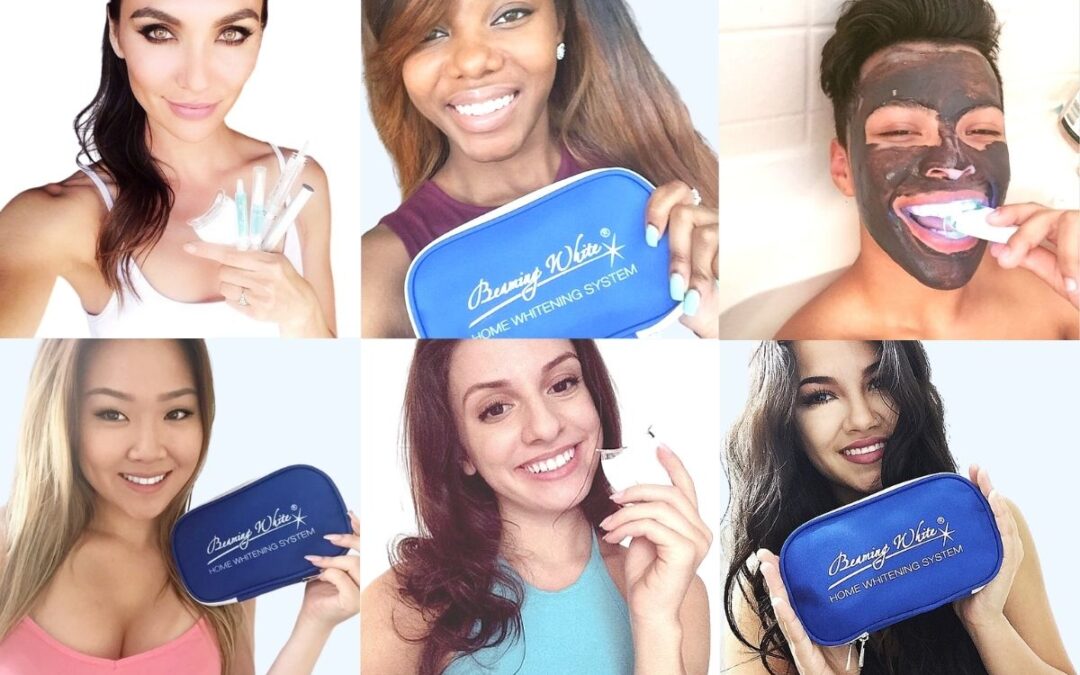
How to Whiten Your Teeth from Home
There are many methods, services, and products to whiten your teeth. If you choose to whiten your teeth from home, your biggest problem will be choosing one product from among the thousands available on the market. But there are only three things that affect the...
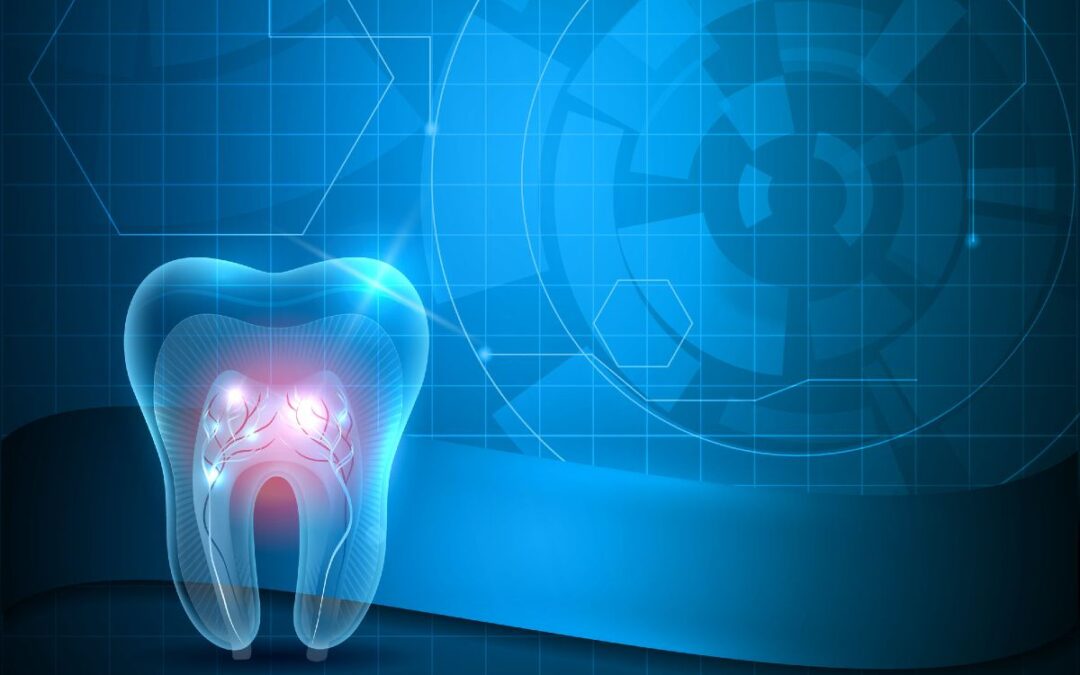
How Teeth Whitening Works
It seems like having white teeth is no longer an option but a necessity. You're probably wondering how teeth whitening works so that you can make the best choice about where and how to whiten your teeth. If you were to look up the definition of teeth whitening on the...


